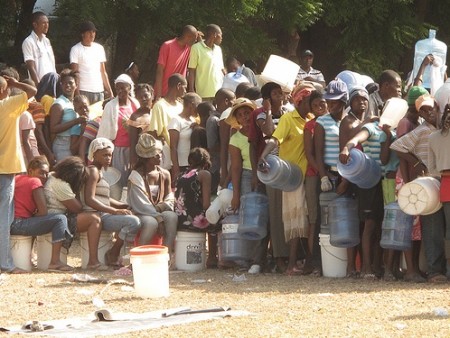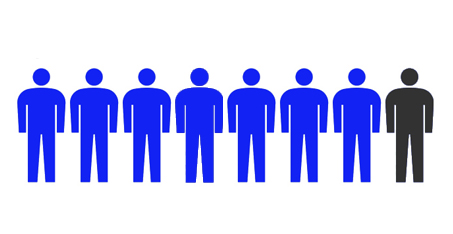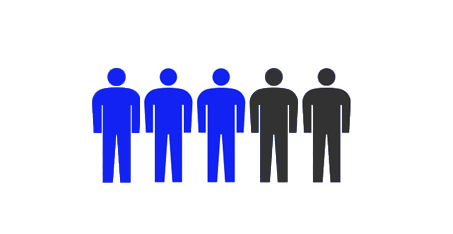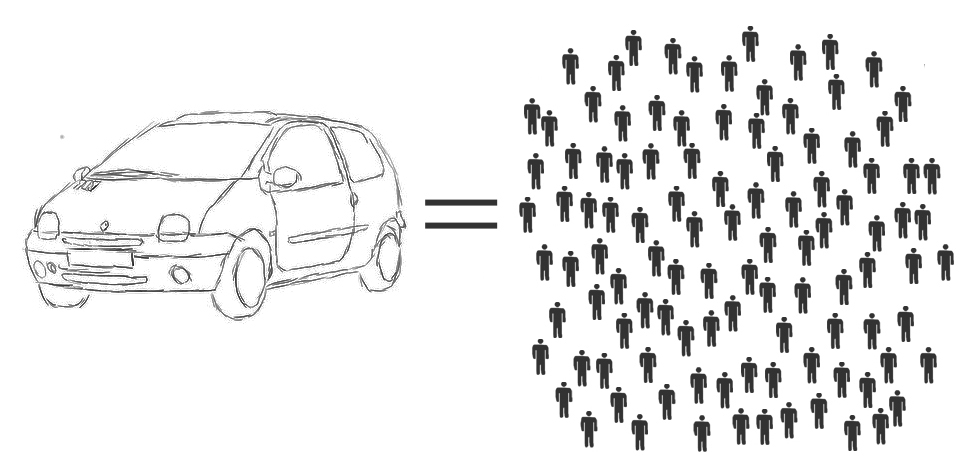
For many of us, water is such a fixture of everyday life that we take it for granted and even waste it — forgetting that more than 1 billion people in the developing world do not have access to it at all. Today, clean, safe drinking water is scarce. Though a basic human need, so many people around the world spend much of their time searching for it and, too often, failing to find it.
The 2011 World Water Week lasts from 21 to 27 August in Stockholm, Sweden– hosted and organized by the Stockholm International Water Institute. Since 1991, it has been an annual focal point for water-related issues and their impact on the world’s environment, health, climate, and development agendas. This year’s theme, “Responding to Global Changes: Water in an Urbanizing World,” looks at the issues of urbanization and water shortage; governance and management; sanitation and pollution; and the impact of urban environments on climate change.
Here are some alarming facts about water and water-related problems:
Access to clean water: about 884 million people do not have access to a safe supply of water and there are around 3.5 million deaths each year due to water-related diseases.
|
|
Sanitation: about 2.5 billion people do not have access to proper sanitation facilities and 1.2 billion people have no access to sanitation facilities at all. Around 60 million people move to cities and towns every year and usually end up in slums where such facilities rarely exist.
|
|
Children: almost 1.5 million children die each year from diarrhea, and every 20 seconds a child dies from a water-related disease.
Women: every day, the women of underdeveloped and developing countries spend more than 200 million hours collecting water for domestic use.
Economics: according to the WHO, every dollar of investment in safe drinking water and sanitation would result in returns of between $3 and $34 for the interested party.
Environment: less than 1% of the world’s fresh water is readily accessible for direct use. In developing countries, more than 80% of sewage goes untreated and is discharged into rivers, lakes and coastal areas. The UN estimates that by 2025, around fifty nations will face fresh water scarcity– affecting a total population of roughly 2.8 billion.
More than a billion people around the globe survive on just over 1 gallon (5 liters) of water each day. For every car that is manufactured in industrialized countries, 39,000 gallons of water are used– that’s as much as 106 people in water-poor regions use in an entire year.
The ISN’s own Digital Library contains further readings:
Publications
- Water Wars or Water Peace?
- NGOs and Water
- Water Security
- Treading Water?
- From Water ‘Wars’ to Water ‘Riots’: Lessons from Transboundary Water Management
ISN Insights
- Central Asian States Spar Over Shrinking Water Resources
- South China Sea Diplomacy: More Needs to be Done
- Jiabao’s India Visit Exacerbates Fault Lines
Organizations
- Water Environment Federation (WEF)
- International Water Association (IWA)
- World Water Council
- Water and Sanitation Program (WSP)
- Water Institute of Southern Africa (WISA)
Podcast




